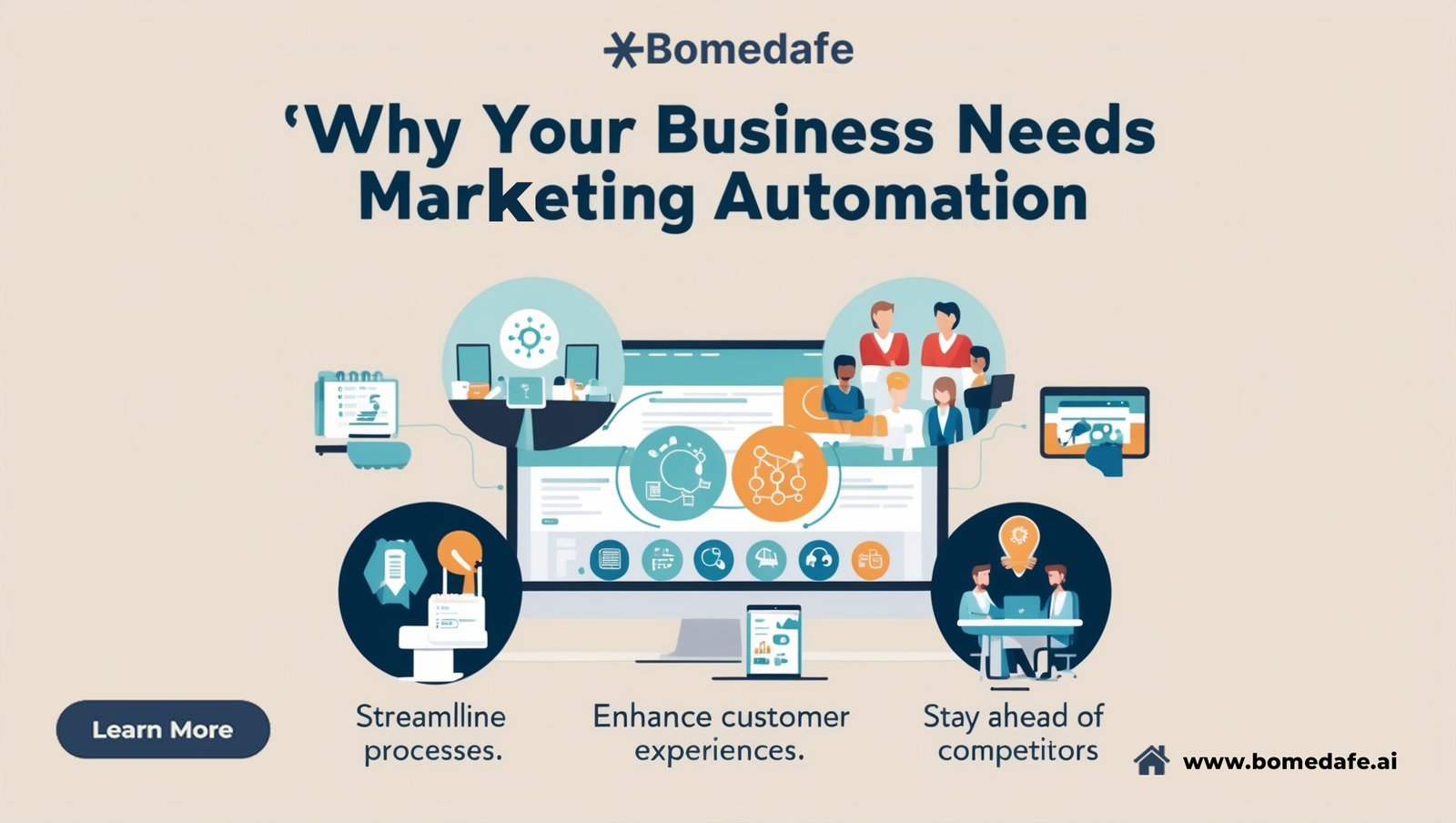The Power of Personalization: How to Use AI to Craft Messages That Convert
Personalization isn’t just a nice-to-have—it’s a must-have. With the average person bombarded by thousands of marketing messages daily, standing out from the crowd is more challenging than ever. But here’s the good news: AI-powered personalization is revolutionizing how we connect with our audience, helping marketers craft messages that truly resonate and convert.
Let’s dive into how you can harness the power of AI to create hyper-personalized messages that drive conversions and take your lead generation efforts to the next level.
Why Personalization Matters
First, let’s look at some eye-opening statistics:
- Personalized emails deliver 6x higher transaction rates.
- 80% of consumers are more likely to make a purchase when brands offer personalized experiences.
- Personalization can reduce acquisition costs by up to 50%.
Clearly, personalization packs a punch. But how can AI help deliver this level of tailored messaging at scale?
AI-Powered Personalization: The Game Changer
AI is transforming personalization efforts by analyzing vast amounts of data to understand individual preferences, behaviors, and intent. Here’s how AI is revolutionizing personalization in 2024:
1. Predictive Analytics
AI algorithms can predict future behavior based on past actions. This allows marketers to anticipate needs and offer solutions before the customer even realizes they need them.
Tool Spotlight:
Insider’s AI-powered predictive segmentation can forecast which customers are likely to churn or make a purchase, allowing for proactive engagement.
2. Dynamic Content Generation
AI can create and modify content in real-time based on user behavior and preferences.
Example:
Netflix’s AI-driven recommendation system doesn’t just suggest shows—it creates personalized artwork for each title based on your viewing history.
3. Natural Language Processing (NLP)
NLP enables AI to understand and generate human-like text, facilitating more natural and engaging communications.
Tool Spotlight:
GPT-4-powered tools like Copy.ai can generate personalized email copy, social media posts, and even entire articles tailored to specific audience segments.
4. Behavioral Triggers
AI can identify specific user actions and trigger relevant messages or offers in response.
Example:
Spotify’s Discover Weekly playlist is a prime example of AI using behavioral data to create a hyper-personalized experience.
How to Implement AI-Driven Personalization
Ready to leverage AI for your personalization efforts? Here’s a step-by-step guide:
1. Collect and Centralize Data
Use a Customer Data Platform (CDP) like Segment or Tealium to gather data from all touchpoints.
2. Choose the Right AI Tools
Look for platforms that integrate with your existing tech stack. Insider, Dynamic Yield, and Personyze are great options for comprehensive personalization.
3. Define Personalization Goals
Are you aiming to increase email open rates, boost website conversions, or improve customer retention? Clear goals will guide your strategy.
4. Start with Segmentation
Use AI to create detailed customer segments based on behavior, preferences, and demographics.
5. Create Personalized Content
Leverage AI writing tools to generate tailored messages for each segment.
6. Implement and Test
Use A/B testing to refine your personalized messages and offers.
7. Monitor and Optimize
Continuously analyze results and refine your approach based on AI-generated insights.
Success Stories: AI Personalization in Action
Here are some success stories that show the power of AI-driven personalization in action:
- Stitch Fix: This online styling service uses AI to analyze customer preferences and create personalized clothing recommendations, resulting in a 30% increase in customer retention.
- Amazon: Their AI-powered recommendation engine drives 35% of total sales through personalized product suggestions.
- Sephora: By using AI to personalize product recommendations and beauty advice, Sephora saw an 11% increase in conversions and a 6% boost in average order value.
Key Takeaways
- AI-powered personalization is essential for staying competitive in 2024 and beyond.
- Predictive analytics, dynamic content generation, NLP, and behavioral triggers are key areas where AI enhances personalization efforts.
- Implementing AI-driven personalization requires a strategic approach, starting with data collection and ending with continuous optimization.
- Successful AI personalization can lead to significant improvements in conversion rates, customer retention, and overall revenue.
FAQ
Q: Is AI personalization only for large companies with big budgets?
A: While some advanced AI tools can be costly, there are many affordable options suitable for businesses of all sizes. Start small and scale up as you see results.
Q: How do I ensure my AI-driven personalization efforts don’t come across as creepy?
A: Always prioritize transparency and give users control over their data. Use personalization to add value, not just to push sales.
Q: How long does it take to see results from AI personalization efforts?
A: While some improvements can be seen immediately, it typically takes 3-6 months to see significant results as the AI learns and optimizes over time.
Conclusion
The power of AI-driven personalization is undeniable. By leveraging these advanced technologies, marketers can create messages that truly resonate with their audience, driving higher engagement, conversions, and ultimately, revenue. As we move further into 2024 and beyond, those who embrace AI personalization will have a significant competitive advantage in the crowded digital marketplace.
Remember, the key to successful personalization is to always put the customer first. Use AI as a tool to enhance the customer experience, not just to boost your bottom line. By doing so, you’ll not only see improved conversion rates but also build lasting relationships with your customers.
Ready to take your personalization efforts to the next level? Start by assessing your current data collection processes and exploring AI tools that align with your business goals. The future of marketing is personalized, and with AI, that future is now within reach for businesses of all sizes.
